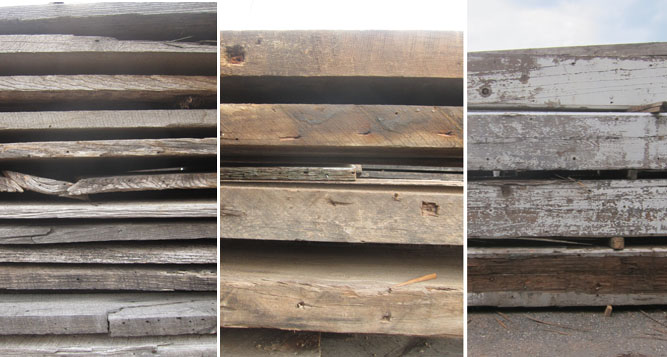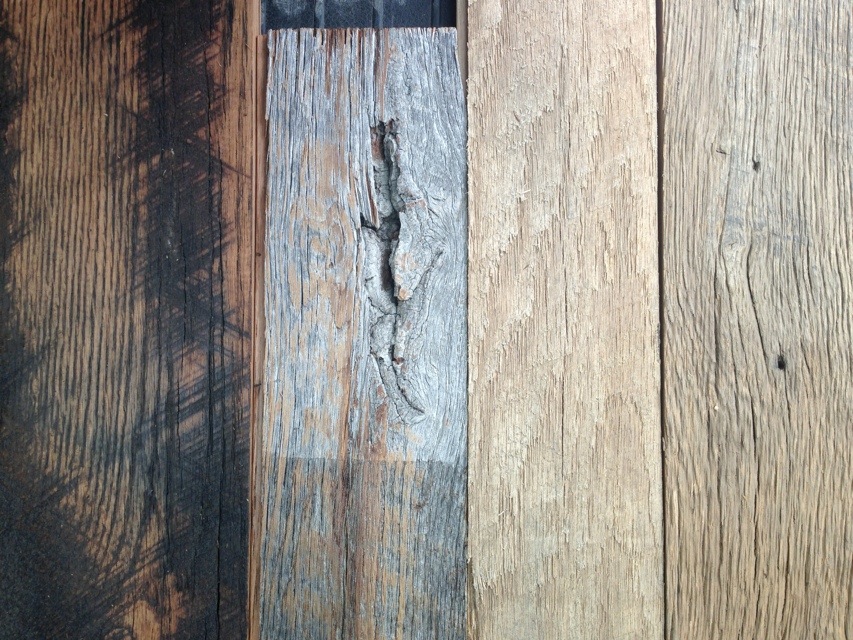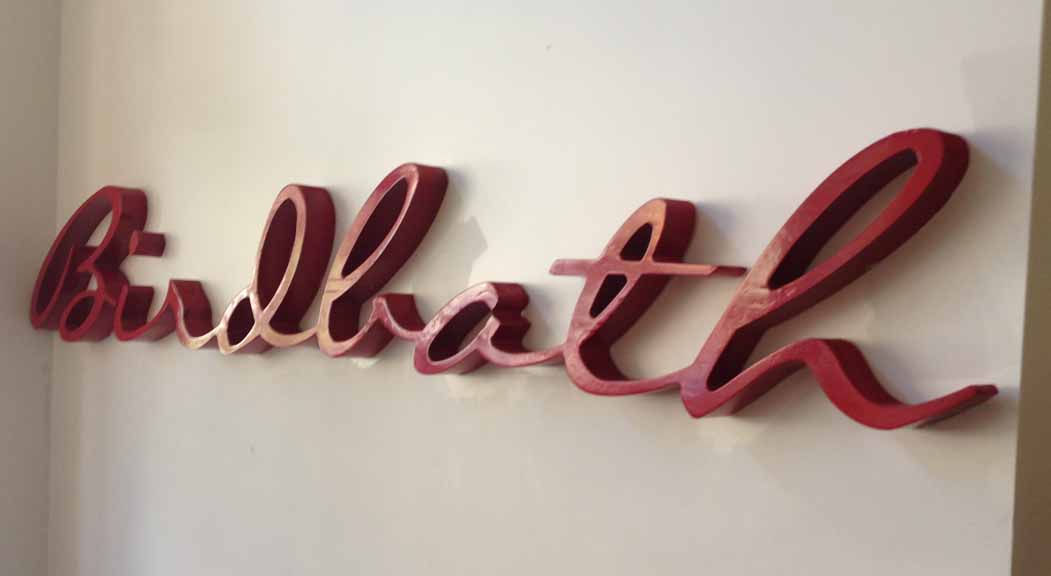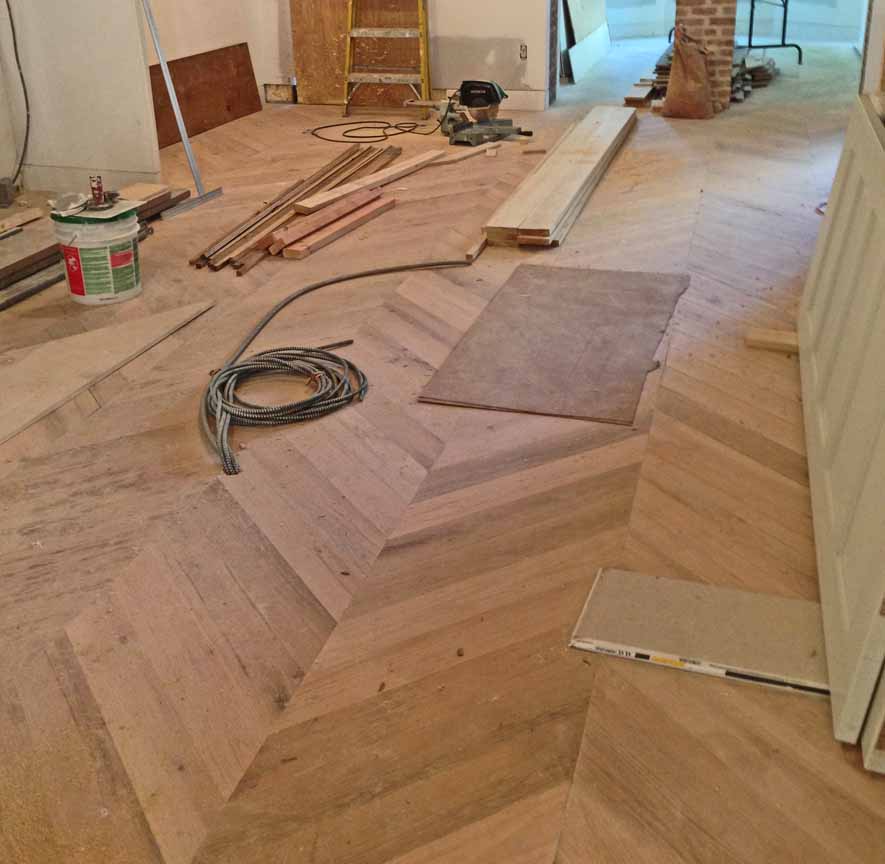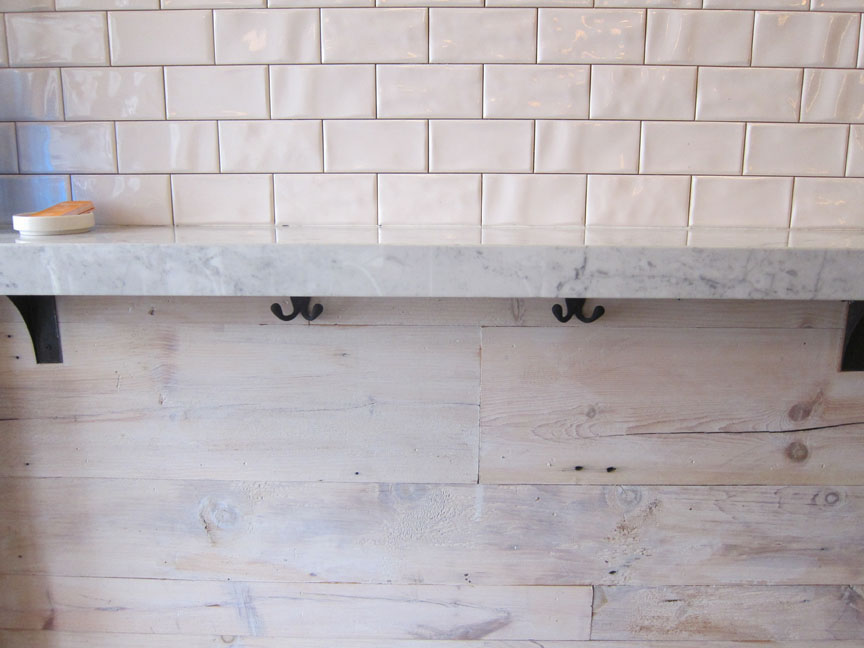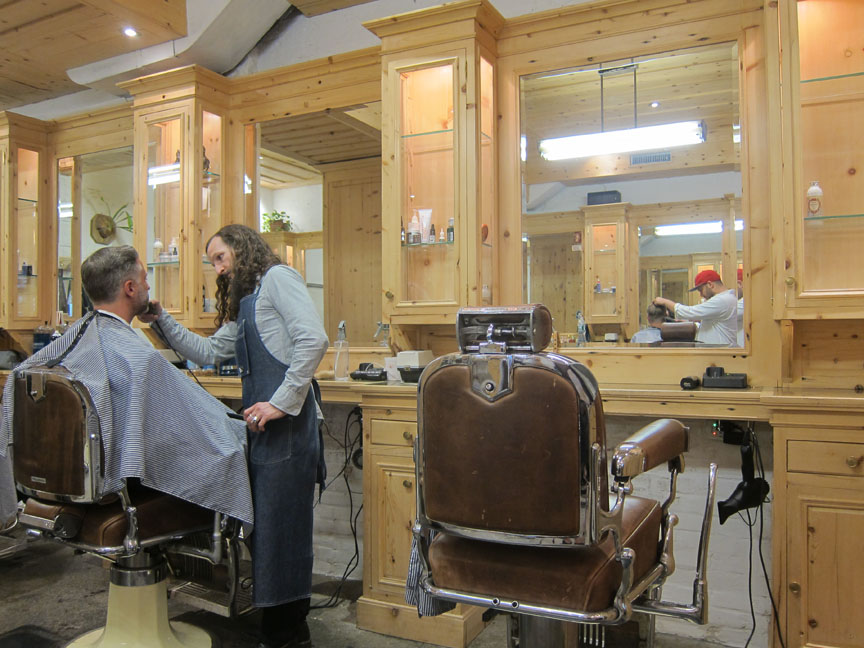One quality measure that distinguishes antique lumber is century long air drying. There was no other choice before kiln drying technology was developing 150 years ago. And when it’s said that ‘they don’t make things like they used to’ – lumber is certainly one of them, and air drying is a significant factor in the quality difference.
Reclaimed antique lumber in all it’s forms is super dry – having resided as a building joist or timber for a considerable amount of time. This natural process prevents issues that occur in kiln drying.
- Brittle – Kiln dried wood is generally more brittle and prone to chipping. Sometimes referred to as ‘case hardening’, it can lead to the wood pulverizing if the KD process, if not properly controlled. Air dried lumber is more reliable to work, especially with hand tools.
- Internal Tensions – There are no internal tensions baked into air dried wood that could make lumber twist after it has been ripped. At other times, this may not be noticeable, or any worse for general use.
- Color loss – Short-cutting the seasoning process by kiln drying results in color loss. Kiln dried wood can lose as much as 20% of it’s color, as the kiln drying process kills some of the subtle hues in the grain, which further separates the aesthetic feel of freshly sawn and antique woods.
Kiln drying is faster, kills insects and can set pitch in some resinous softwood species, but none of these benefits apply to antique lumber. Old salvaged woods have remained in long-term dry storage and this investment of time and natural science yields good air dried lumber.
It’s common, however, for moisture to be picked up once the lumber is removed from a structure and then put into yard storage, so returning the woods to a slow kiln for a relatively short period (often under a week) – is needed to bring the moisture content back to equilibrium for an interior environment. The results are worth it.
Although there may be a place for both air and kiln drying methods, like a great piece of cheese or a glass of wine or hand-crafted whiskey, time is quality. We have tens of thousands of board feet of air dried hardwoods and softwoods at Sawkill, ready for a new era of dry and in some instances, wet environments.
